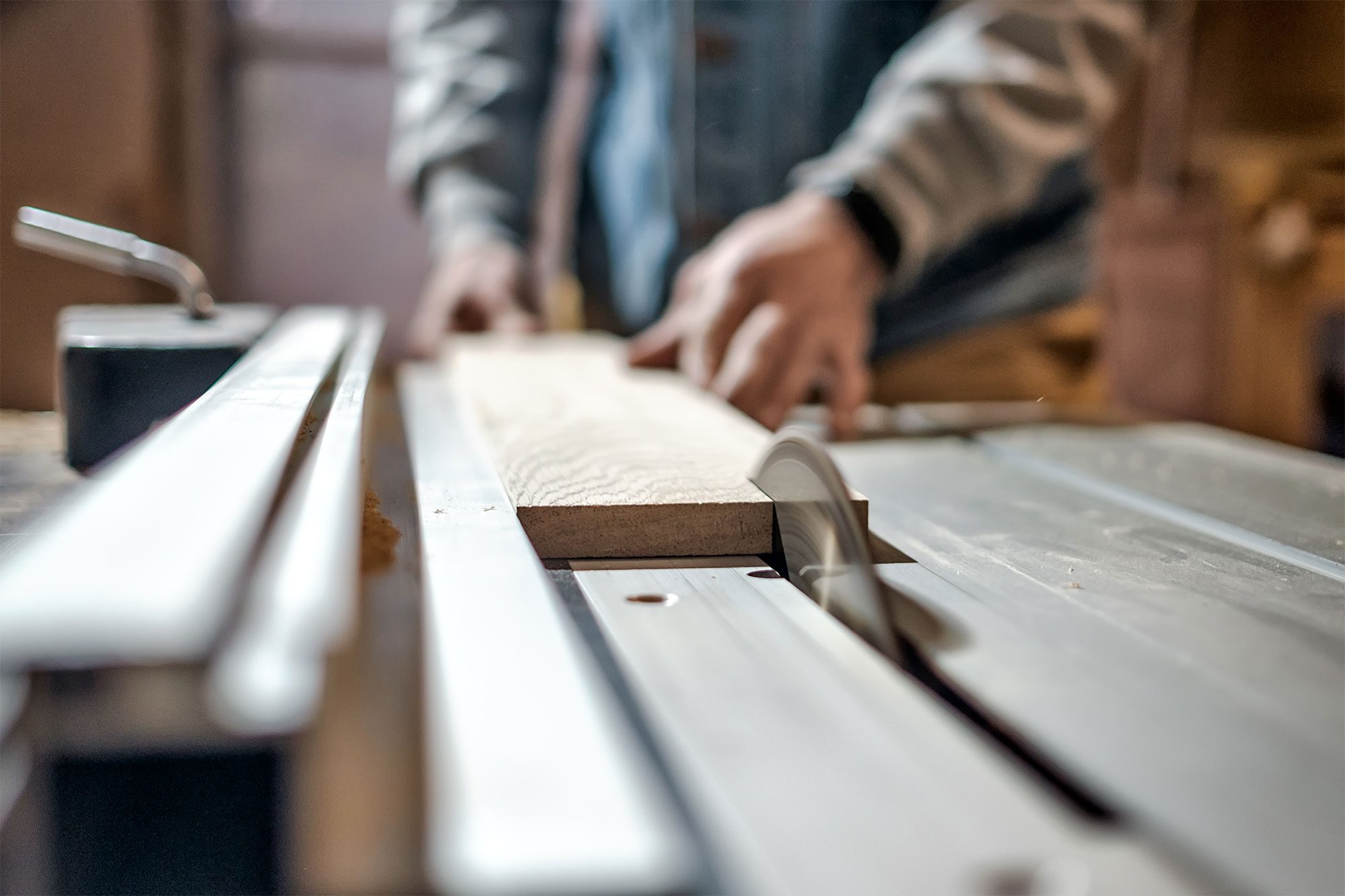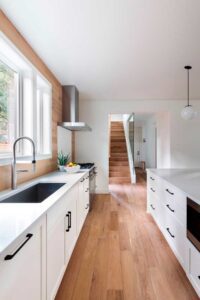Cabinet Materials: What Are the Various Types of Cabinet Materials?
Choosing the right cabinet material is an essential decision that impacts the overall look, durability, and functionality of your kitchen or bathroom. Different materials offer varying benefits, including longevity, aesthetic appeal, and ease of maintenance. Understanding the characteristics of the most commonly used cabinet materials will help you make an informed decision and achieve the perfect balance between style, function, and budget. This detailed guide explores the top cabinet materials, their unique qualities, and practical considerations for selecting the best material for your space.
1. Solid Wood Cabinets
Solid wood has been the go-to material for cabinetry for centuries, offering timeless appeal, durability, and a warm aesthetic that elevates any kitchen or bathroom. Whether you prefer the rustic charm of oak or the rich tones of cherry, solid wood provides an unmatched quality and beauty.
- Types of Wood: There are various types of wood used for cabinetry, each offering distinct benefits. Oak is a strong, heavy wood with a pronounced grain pattern. Maple is lighter in color, with a fine, smooth grain. Cherry is known for its rich reddish-brown hues, while Walnut offers dark, elegant tones. Each type of wood brings a unique aesthetic to your cabinets.
- Benefits: Solid wood cabinets are incredibly durable and can last for decades if properly cared for. They can be sanded, refinished, and repainted, which allows for flexibility in changing the look of your kitchen or bathroom. Additionally, solid wood has natural beauty, and no two pieces are alike due to the grain patterns.
- Considerations: Solid wood is one of the more expensive materials for cabinets. It can be susceptible to warping or swelling in high-humidity areas, such as near sinks or stoves. Regular maintenance, such as refinishing and sealing, is needed to protect the wood from moisture and wear.
2. Plywood Cabinets
Plywood is an engineered wood product made by gluing together thin layers of wood veneer, creating a strong, stable, and versatile material. It is commonly used as the base material for cabinets, offering superior durability compared to particleboard or MDF.
- Benefits: Plywood is more resistant to moisture than solid wood and has excellent dimensional stability. It won’t warp or crack as easily, making it an ideal material for kitchen cabinets that undergo heavy use. Plywood is also strong enough to withstand the weight of heavy items, such as pots and pans.
- Considerations: While plywood offers a better resistance to moisture than solid wood, it can still be susceptible to water damage if not sealed properly. The exposed edges of plywood need to be finished with a veneer or trim to prevent damage and improve the appearance of the cabinet.
3. Laminate Cabinets
Laminate cabinets are made by applying a thin layer of laminate (plastic or vinyl) over a base material such as MDF or particleboard. Available in a wide range of colors, patterns, and finishes, laminate cabinets are a popular choice for homeowners looking for an affordable and low-maintenance option.
- Benefits: Laminate cabinets are durable, resistant to scratches, stains, and fading, and are incredibly easy to clean. They come in a wide variety of styles, from solid colors to wood-look patterns, making them versatile enough to suit many design preferences.
- Considerations: While laminate is low-maintenance, it can be prone to chipping or peeling at the edges, especially in areas that are heavily used. It also lacks the natural beauty and warmth of solid wood, and the edges may require frequent touch-ups if not protected with trim or edging strips.
4. Glass Front Cabinets
Glass-front cabinets are ideal for displaying decorative items, such as fine china, glassware, or collectibles. These cabinets are framed with either wood or metal, and the doors are made from clear, frosted, or patterned glass.
- Benefits: Glass cabinets add elegance and sophistication to any room. They allow for easy visibility of items stored inside, helping to create a more open and airy feel in the kitchen or bathroom.
- Considerations: Glass cabinets require regular cleaning to maintain a pristine appearance, as fingerprints, dust, and smudges are easily visible. The glass is also fragile and can break if not handled carefully. It’s important to choose tempered glass for added safety and durability.
Conclusion
When selecting cabinet materials, it’s essential to consider your budget, desired aesthetic, and long-term durability. Solid wood offers timeless appeal and strength, while engineered materials like plywood, MDF, and laminate provide cost-effective solutions with varying levels of performance. Stainless steel and acrylic cabinets bring modern, industrial designs, while glass-front cabinets offer an elegant display option. Each material has its unique characteristics, and the best choice will depend on your specific needs, lifestyle, and design preferences. By carefully evaluating each option, you can make a choice that enhances the beauty, functionality, and longevity of your kitchen or bathroom.
1. The Galley Kitchen Layout
The galley kitchen is a practical layout often seen in smaller homes and apartments. It features two parallel countertops with a walkway in between, creating a streamlined work zone that is ideal for chefs who prefer an efficient kitchen workflow.
- Space-saving: Perfect for tight spaces.
- Efficient: The “kitchen triangle” (sink, stove, and fridge) is close together.
- Challenges: Limited space for multiple cooks and no room for a dining area.


